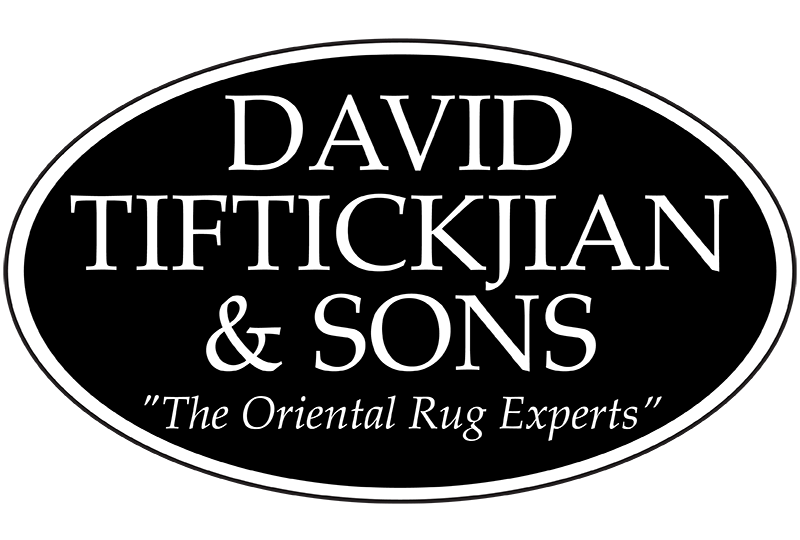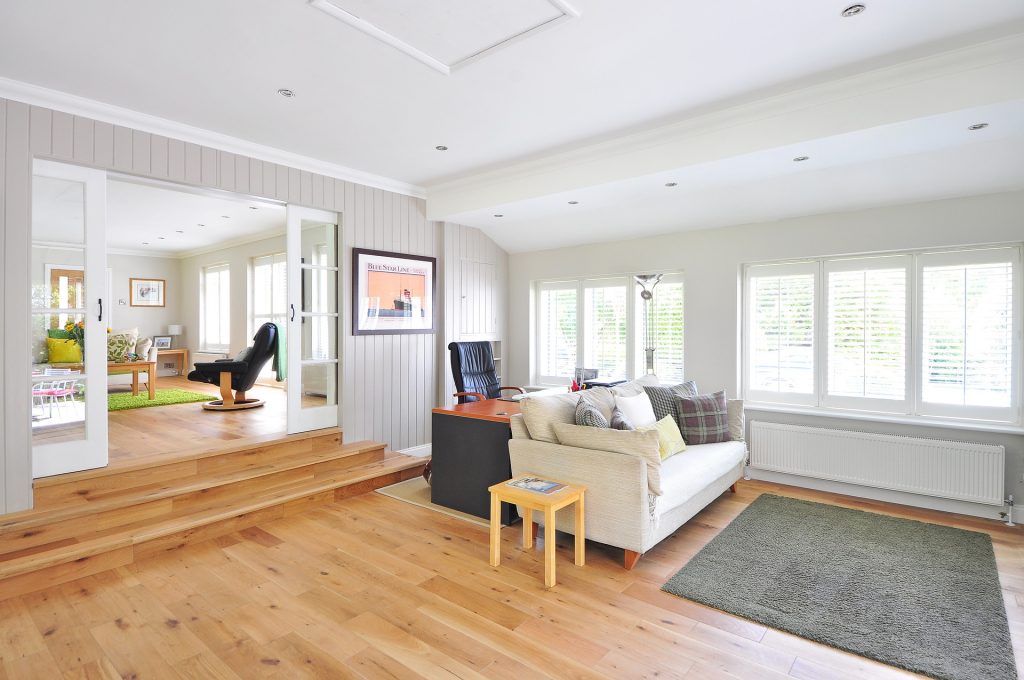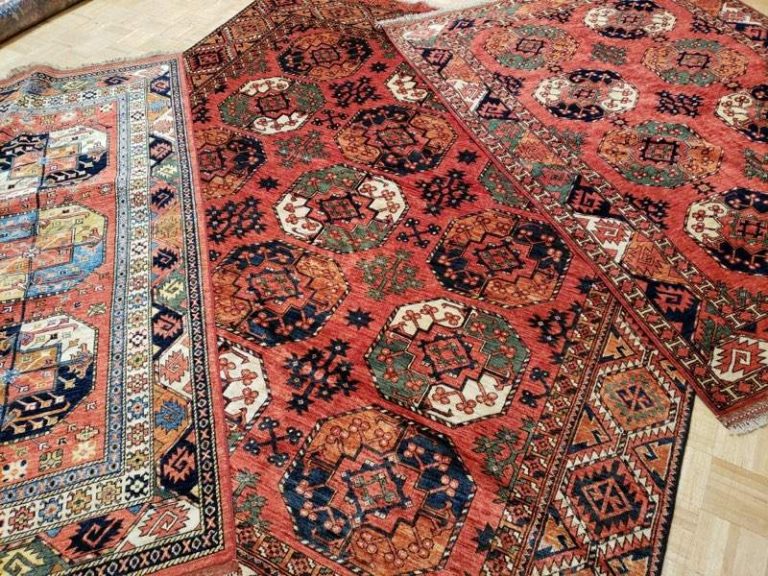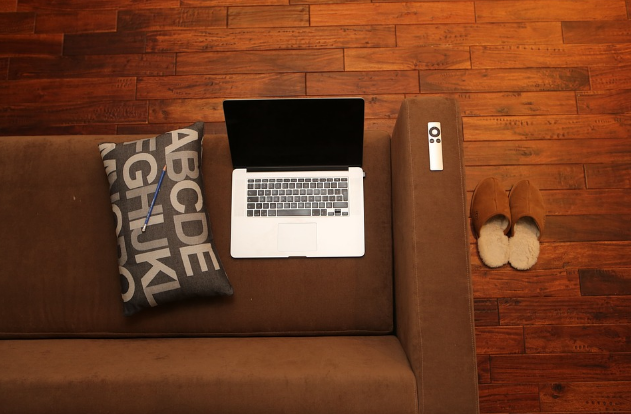Choosing a hardwood floor is a big investment. Not only do they add value to your home, but they also can last decades with proper care. Solid wood floors can be refinished multiple times and gain character with age and use. They are the choice for a hypoallergenic, durable, and classic floor. However, before choosing a hardwood floor, there are some factors to consider. Not all hardwood flooring is created equal and it isn’t simply picking out the preferred color. Make sure to consider all of your options before choosing a hardwood floor.
Solid vs. Engineered
Traditionally, hardwood flooring comes in thick planks of solid timber. Solid hardwood is made of a single pice of wood and can be repeatedly sanded for decades of use. However, because it is a natural material, solid hardwood is susceptible to temperature and humidity changes. This material cannot be installed below grade or in damp spaces. Hardwood must also be nailed or stapled to a wooden subfloor.
However, while solid hardwood is still available today, engineered flooring is also an option. An engineered floor is made with a thinner top layer of hardwood bonded to other layers designed to prevent the floor from shifting during expansion and contraction cycles. These layers give greater stability and allow for the floor to withstand higher levels of humidity, making this flooring a good choice for bathrooms and basements. Engineered flooring can also be installed over concrete subfloors and radiant heating elements. They use fewer trees than hardwood, but some engineered floors have top layers so thing that they can not be sanded or refinished in the future.
Type of Wood
Hardwood species all vary in durability, grain patterns, and color. In North America, oak and walnut are popular choices. Oak is very durable and takes stain well. It also has an appealing natural grain and is widely available. Walnut is slightly softer than oak, but has a deep color making it the natural choice for rooms that need a rich, warm tone. Other options are hickory, cherry, maple, and ash. The choice really comes down to preference in terms of color and grain. Mahogany and brazilian cherry are striking in appearance, but not as durable.
Grain Patterns
Three different grain patterns can be acheived through the way the logs are cut. Plain sawn produces a traditional wood grain with a pattern known as cathedrals. It’s what you think of when you think wood grain. Rift-sawn boards have longer, linear, consistent grains without cathedrals. Quarer-sawn boards are similiar to rift, but have irregular figuring. In most cases, hardwood flooring is sold as plain sawn or as a rift and quarter sawn mix. There is no right choice when it comes to grain patterns. It mostly comes down to preference.
Board Widths
Planks come in four choices; Narrow strips (less than three inches), wider planks (more than three inches), parquet squares, and squares and rectangles. The traditional choice is to have strips which give the illusion of more space. Planks give a more rustic look while parquet floors give a geometric design that is great for formal spaces. Floors that are composed of wide planks will have few seams, but those seams are important for wood expansion and contraction. The movement between boards may appear exaggerated if there are too few boards.




